Reptiles represent some of the most ancient lineages of animals on our planet, with evolutionary histories stretching back hundreds of millions of years. Yet today, nearly 21% of reptile species face extinction due to habitat loss, climate change, invasive species, and human exploitation. From the majestic Galapagos tortoise to the vibrant Fiji crested iguana, these remarkable creatures play vital roles in their ecosystems as predators, prey, and seed dispersers. The good news is that everyone—regardless of age, location, or expertise—can contribute meaningfully to reptile conservation. This article explores ten practical, impactful ways ordinary citizens can help protect endangered reptiles for generations to come.
Support Habitat Conservation Organizations

One of the most effective ways to help endangered reptiles is by supporting organizations dedicated to preserving their natural habitats. Groups like the Turtle Conservancy, International Reptile Conservation Foundation, and the IUCN Reptile Specialist Group work tirelessly to protect critical ecosystems where threatened species live. Your financial contributions, even modest monthly donations, provide these organizations with resources to purchase land for conservation, fund research initiatives, and implement protection measures. Beyond monetary support, many of these organizations offer volunteer opportunities where you can contribute your time and skills to conservation projects, from habitat restoration to community education programs. By researching organizations with transparent operations and proven track records, you ensure your support truly benefits the reptiles you’re trying to help.
Reduce Your Carbon Footprint

Climate change poses a significant threat to reptiles, particularly because many species have temperature-dependent sex determination, where the temperature at which eggs develop determines whether offspring will be male or female. Rising global temperatures can skew this balance dramatically, potentially leading to population collapses. By reducing your carbon footprint through actions like using public transportation, minimizing air travel, switching to renewable energy sources, and consuming less meat, you help mitigate climate change impacts on vulnerable reptile populations. Energy-efficient home improvements such as better insulation, programmable thermostats, and LED lighting reduce emissions while saving you money on utility bills. Remember that collective action is powerful—encouraging friends, family, and colleagues to join you in carbon-reducing activities multiplies your positive impact on reptile habitats worldwide.
Avoid Products That Harm Reptile Habitats
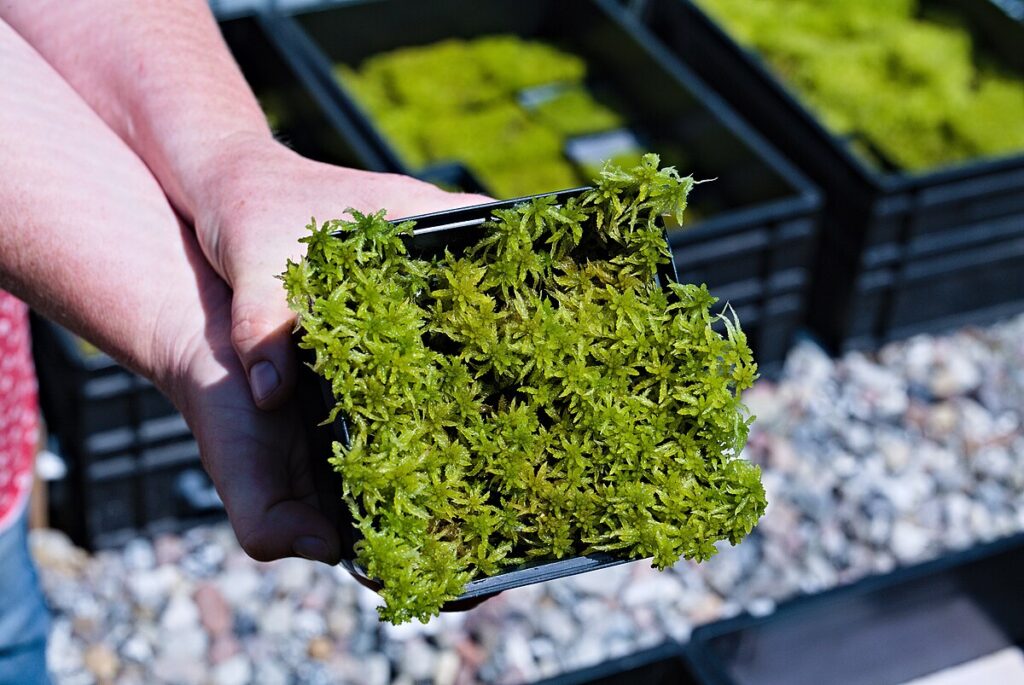
Consumer choices significantly impact reptile conservation, particularly regarding products linked to habitat destruction. Palm oil, found in approximately 50% of packaged products in supermarkets, is associated with massive deforestation in Southeast Asia that threatens critically endangered species like the Chinese crocodile lizard. When shopping, look for RSPO-certified sustainable palm oil products or palm oil-free alternatives. Similarly, avoid purchasing furniture made from uncertified tropical hardwoods, which often come from illegally logged rainforests that serve as critical reptile habitats. Products containing wild-harvested sphagnum moss should also be avoided, as collecting this moss destroys wetland habitats crucial for many reptile species. By reading labels, researching brands’ environmental policies, and making informed choices, your purchasing power becomes a powerful conservation tool.
Never Purchase Wild-Caught Reptiles
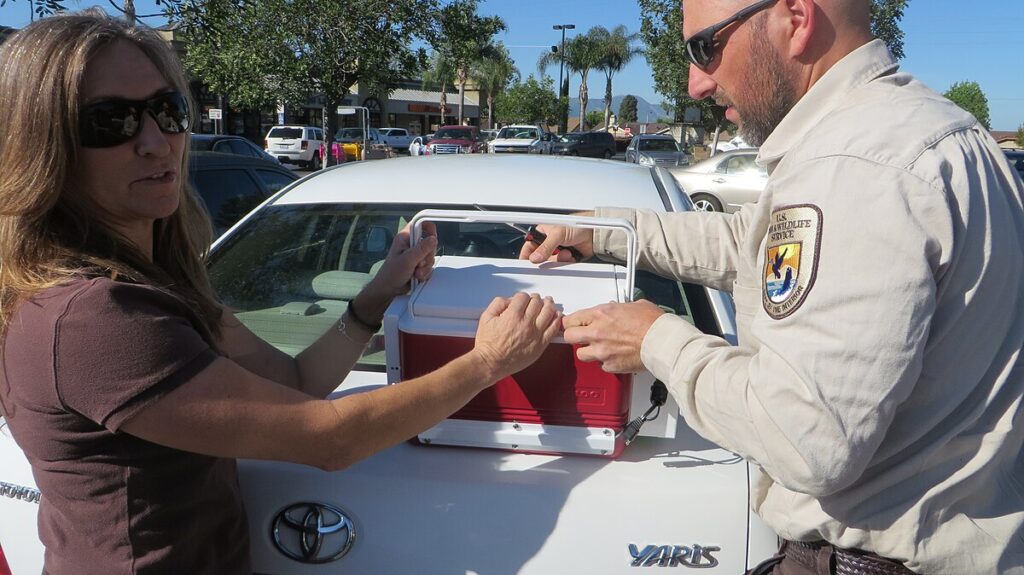
The exotic pet trade represents a significant threat to many reptile species, with millions of wild animals captured and sold annually on both legal and black markets. Even when legally obtained, wild-caught specimens frequently die during capture, transport, or within their first year in captivity due to stress and improper care. If you’re interested in keeping reptiles as pets, always purchase captive-bred specimens from reputable breeders who can provide documentation of the animal’s origins. Captive-bred reptiles typically make better pets as they’re accustomed to human interaction and artificial environments, while also being free from parasites common in wild specimens. Beyond personal choices, report suspicious wildlife trafficking to authorities like the U.S. Fish and Wildlife Service or your country’s equivalent agency, as citizen reporting has proven crucial in dismantling illegal wildlife trade networks.
Create Reptile-Friendly Spaces
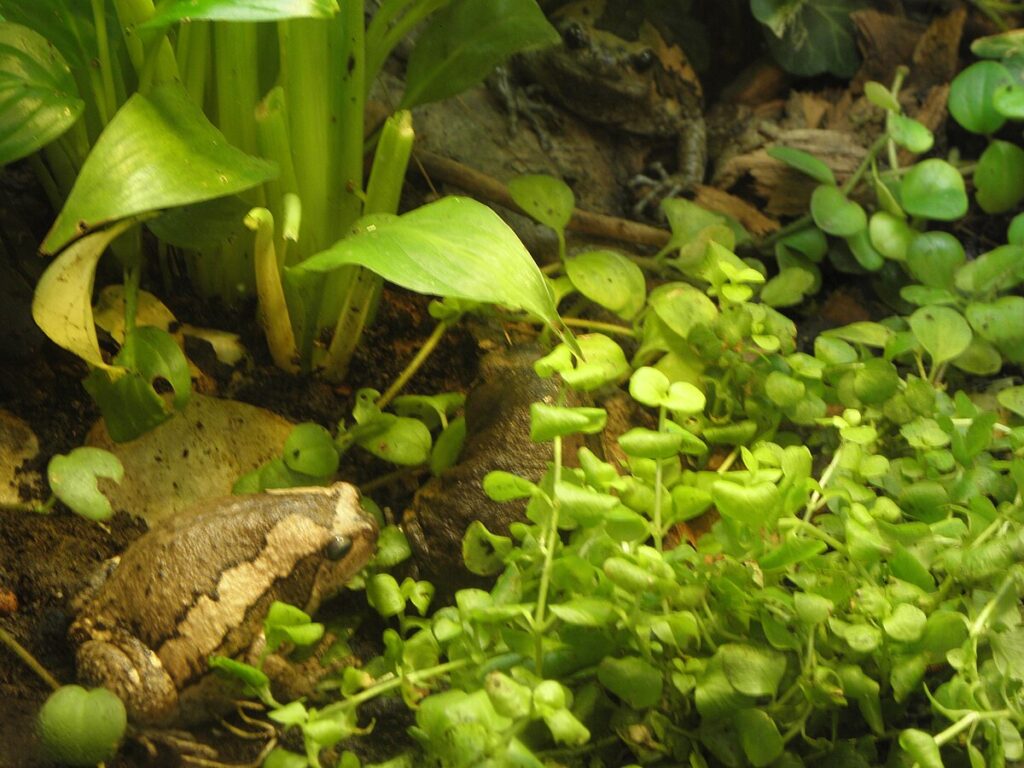
Transforming your yard or garden into a reptile-friendly habitat can provide valuable resources for local species, especially in suburban areas where natural habitat is fragmented. Start by eliminating chemical pesticides and herbicides, which can poison reptiles directly or contaminate their food sources like insects and small vertebrates. Create microhabitats such as rock piles, brush heaps, and fallen logs that provide shelter, basking spots, and hibernation sites for native reptiles. Water features like small ponds with gently sloping sides offer hydration and, for some species, breeding opportunities. Native plant landscaping supports the insect populations that many reptiles feed on, creating a sustainable food web. For apartment dwellers, consider supporting community garden initiatives or participating in local habitat restoration projects that benefit native reptile populations.
Participate in Citizen Science Projects
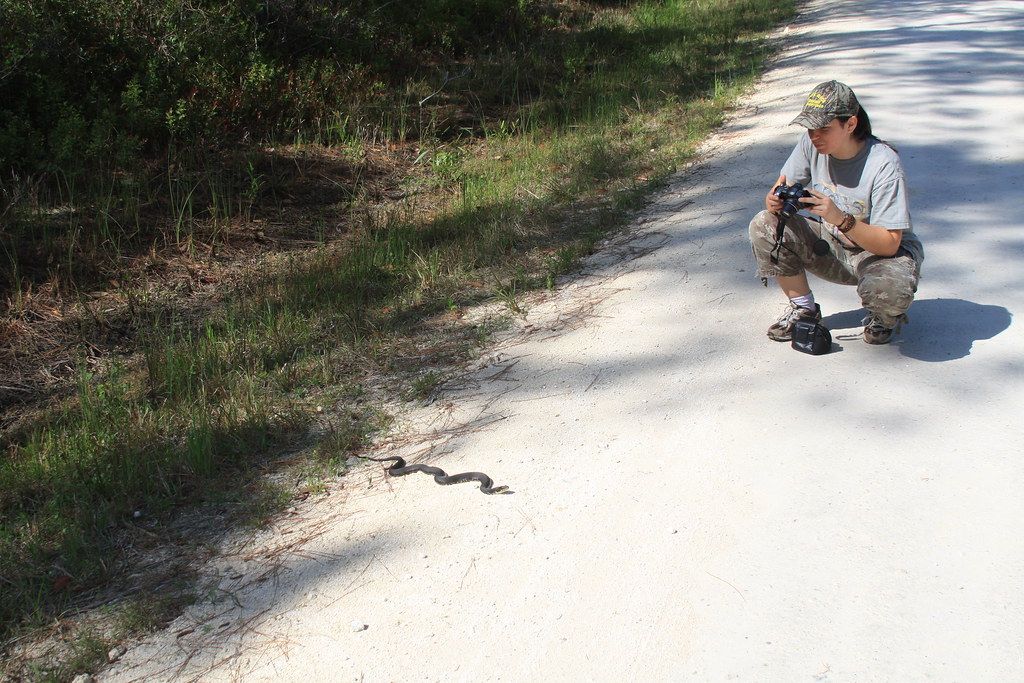
Citizen science has revolutionized wildlife research by enabling scientists to collect data across vast geographic areas with limited resources. Platforms like iNaturalist, HerpMapper, and regional reptile and amphibian atlases allow anyone with a smartphone to contribute valuable observations about reptile species, distribution, and behavior. These contributions help researchers track population trends, document range expansions or contractions, and identify emerging threats to vulnerable species. Many projects require minimal expertise—simply photographing reptiles you encounter and uploading the images with location data can provide scientists with crucial information. For those seeking deeper involvement, organizations like the North American Field Herping Association offer training in proper observation techniques and identification skills. By participating consistently in these projects, you become part of a global network gathering essential data for evidence-based conservation decisions.
Advocate for Reptile-Friendly Policies
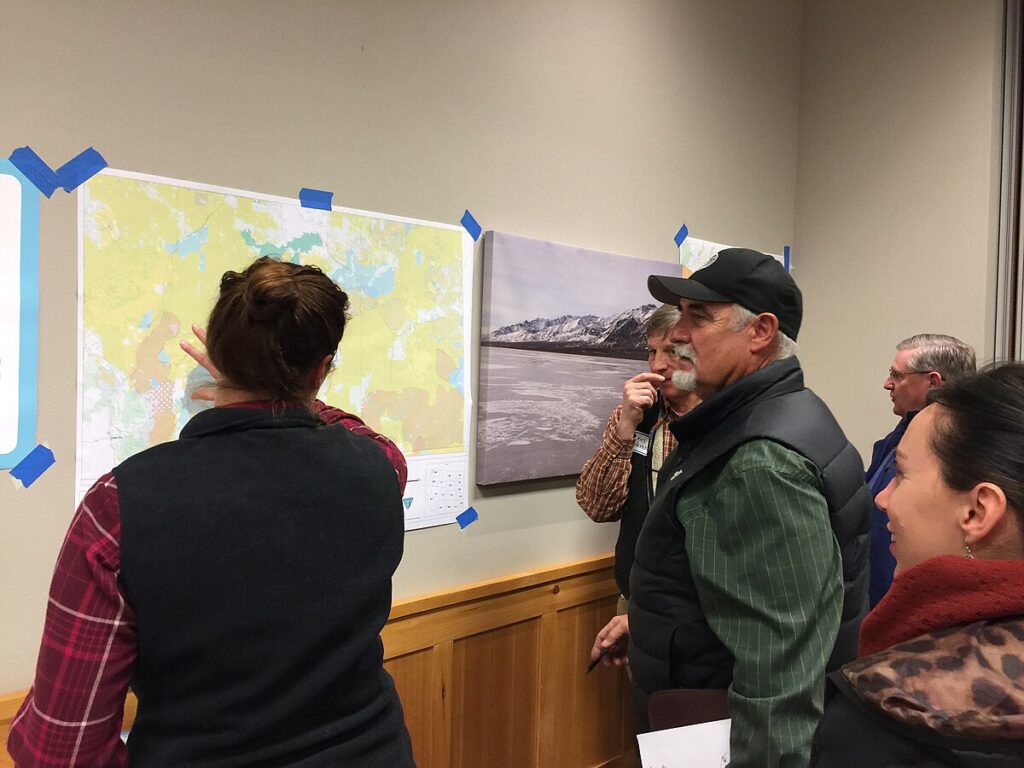
Policy decisions at local, national, and international levels significantly impact reptile conservation efforts. Becoming an informed advocate can drive meaningful change through democratic processes. Start by contacting elected officials about legislation affecting wildlife protection, habitat conservation, and climate change mitigation. Attend public meetings regarding land use decisions in your community, especially those involving wetland development, forest management, or roadway construction through natural areas. Support international agreements like the Convention on International Trade in Endangered Species (CITES), which regulates wildlife trade across borders and protects many threatened reptile species. Joining reptile conservation organizations amplifies your voice, as these groups often have dedicated policy specialists who can guide collective advocacy efforts for maximum impact.
Drive Carefully in Reptile Habitat Areas
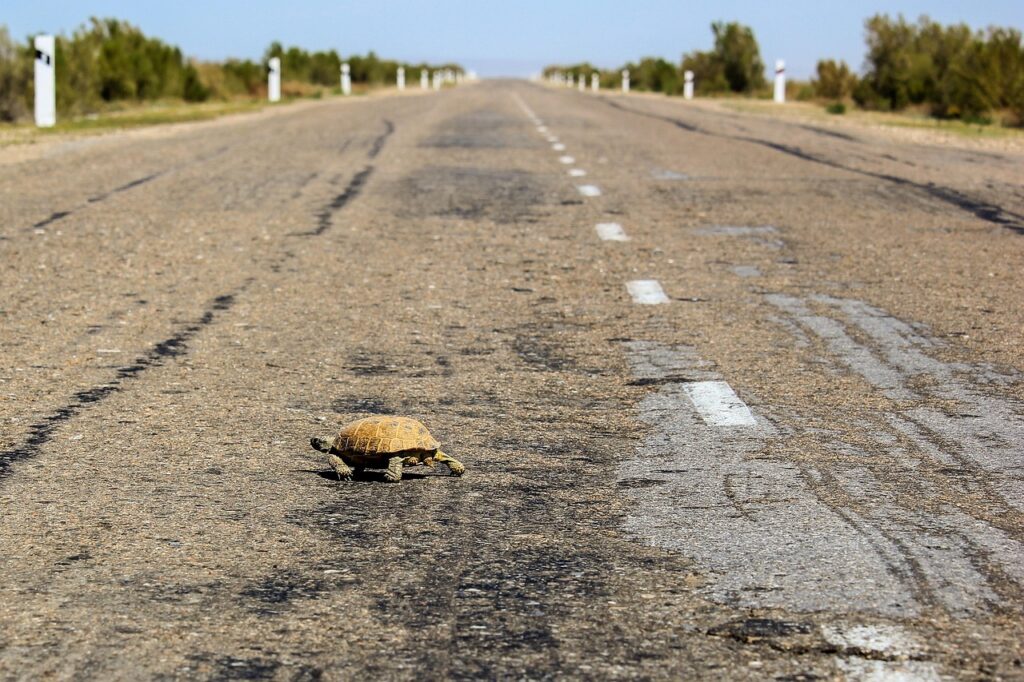
Road mortality represents a major threat to reptile populations worldwide, with millions of animals killed annually while crossing roads or basking on warm asphalt. Turtles are particularly vulnerable during nesting season when females travel to laying sites, often crossing roadways in the process. When driving through natural areas, especially near wetlands or during spring and summer months, reduce your speed and scan the road for reptiles. If safe to do so, consider stopping to help turtles cross roads in the direction they were heading, being careful not to relocate them to unfamiliar areas. Avoid driving on unpaved roads in natural areas after rainfall, when many reptile species become active and may be difficult to spot. Supporting wildlife crossing structures in your community, such as culverts and underpasses designed for reptile movement, can dramatically reduce road mortality while maintaining habitat connectivity.
Educate Others About Reptile Conservation
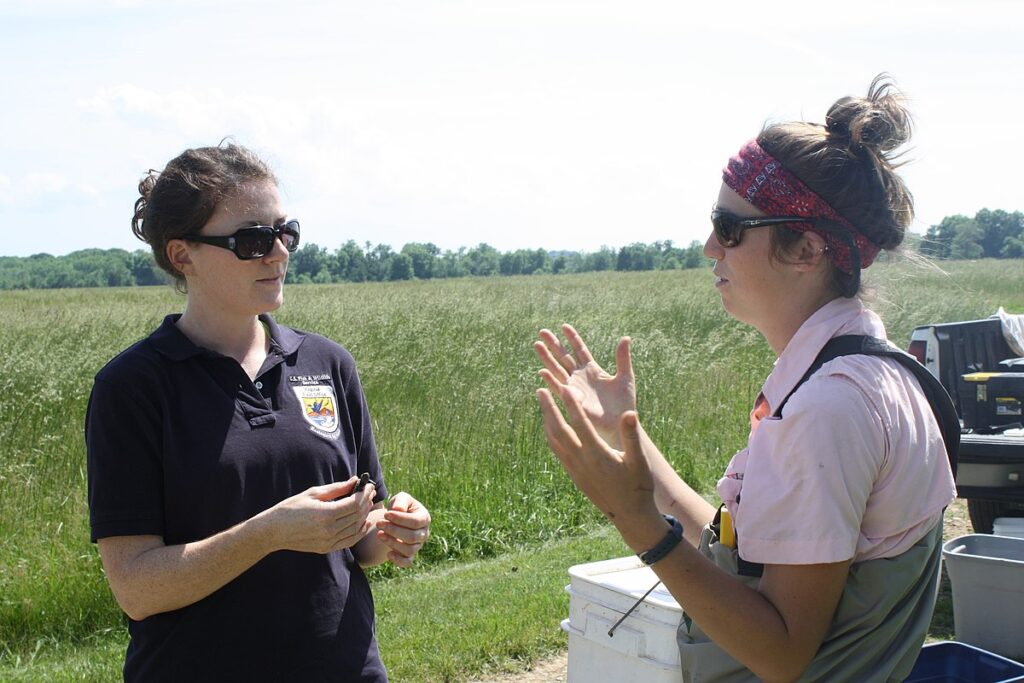
Many misconceptions and phobias about reptiles persist in popular culture, hindering conservation efforts by reducing public support. By educating others about the ecological importance and fascinating biology of reptiles, you help build a constituency for their protection. Share accurate, engaging information about reptiles through social media, community presentations, or informal conversations with friends and family. For parents and educators, incorporating reptile conservation into children’s activities can foster early appreciation for these often-misunderstood animals. Supporting educational programs at local nature centers, zoos, and schools helps institutionalize reptile conservation messaging in your community. When addressing misconceptions, focus on reptiles’ ecological roles rather than just their inherent value, as many people respond more positively to pragmatic arguments about ecosystem services than to purely ethical appeals.
Report Reptile Sightings Responsibly
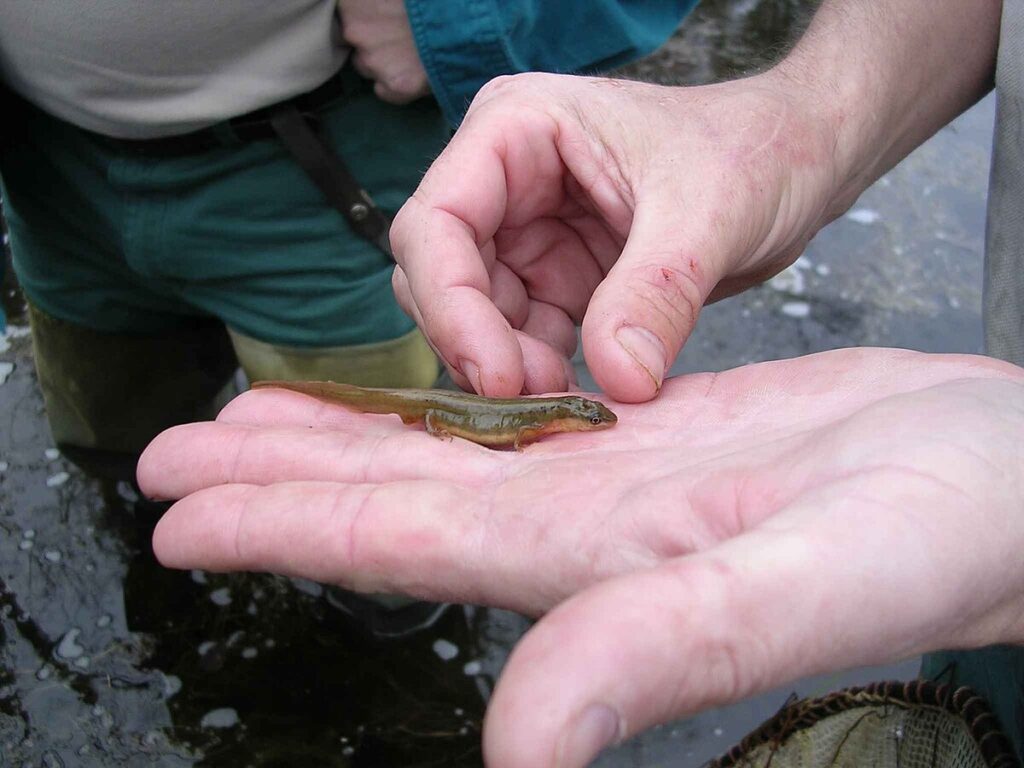
Documented sightings of rare or endangered reptiles provide valuable data for conservation efforts, but this information must be handled responsibly to protect vulnerable populations. When encountering unusual reptiles, take clear photographs from multiple angles without disturbing the animal, note the location (preferably with GPS coordinates), date, time, and habitat conditions. Report this information to relevant authorities such as state wildlife agencies, university herpetology departments, or established citizen science platforms rather than posting precise locations on social media, where the information could be exploited by poachers. For particularly rare species, consider using secure reporting methods like HerpMapper that automatically obscure exact locations from public view while making the data available to researchers. Developing identification skills through field guides and training can make your reporting more valuable, as accurate species identification is crucial for conservation planning.
Minimize Plastic Consumption
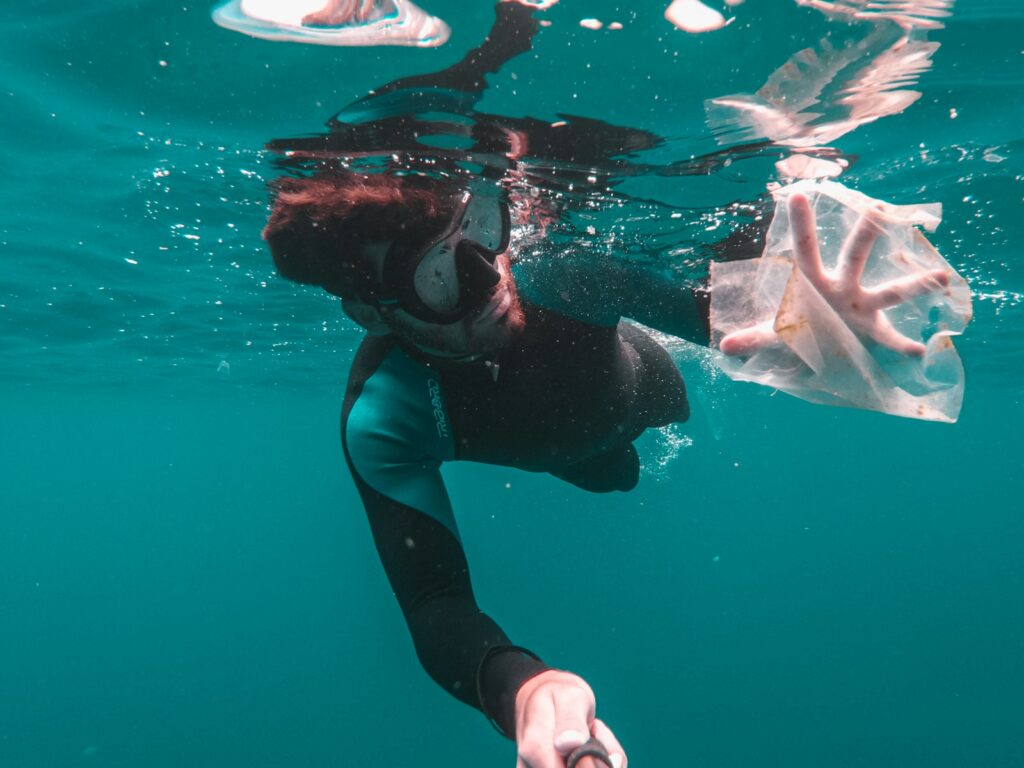
Plastic pollution represents an often-overlooked threat to reptiles, particularly aquatic and marine species like sea turtles, who may ingest plastic bags mistaken for jellyfish or become entangled in debris. Reducing your plastic consumption through simple actions like using reusable shopping bags, water bottles, and food containers directly decreases the volume of plastic potentially entering natural ecosystems. Participate in or organize beach and waterway cleanups to remove plastic waste from reptile habitats, documenting your collections to contribute data to pollution monitoring efforts. When plastic use is unavoidable, ensure proper disposal and recycling to minimize the chance of items reaching natural areas. Supporting legislation that restricts single-use plastics, improves waste management infrastructure, or implements producer responsibility programs represents another powerful way to address this threat at a systemic level.
Conclusion: Every Action Counts
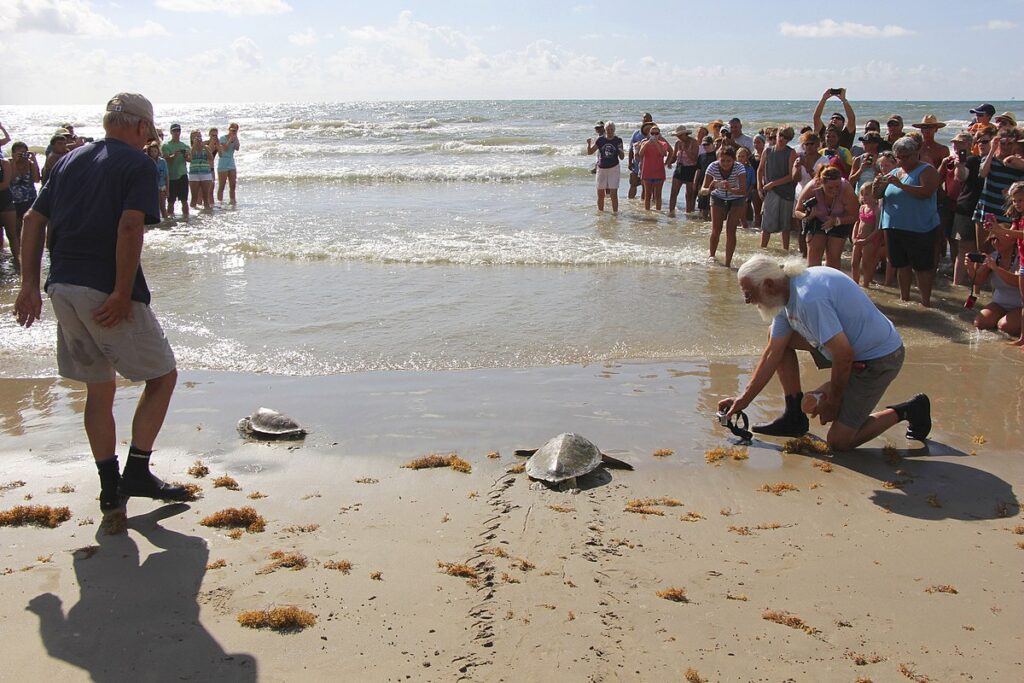
Conservation can sometimes feel overwhelming, with challenges that seem insurmountable for individuals. However, the collective impact of people implementing these ten strategies creates meaningful change for endangered reptiles. From habitat protection to policy advocacy, each action builds upon others to strengthen the safety net for vulnerable species. Remember that reptiles have survived for hundreds of millions of years, weathering mass extinctions and dramatic climate shifts—with our help, they can overcome today’s human-caused threats as well. By incorporating these conservation practices into your daily life and inspiring others to do the same, you become part of the solution rather than the problem. Our planet’s remarkable reptile diversity represents an irreplaceable natural heritage worth protecting for future generations to study, appreciate, and enjoy.

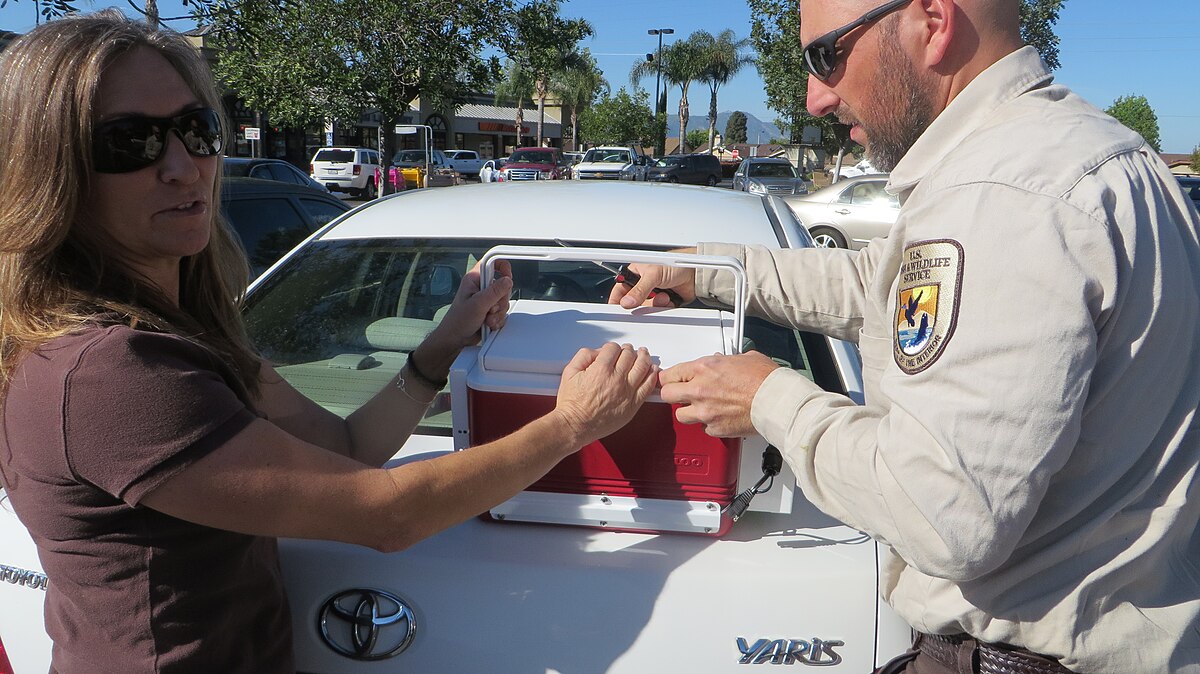

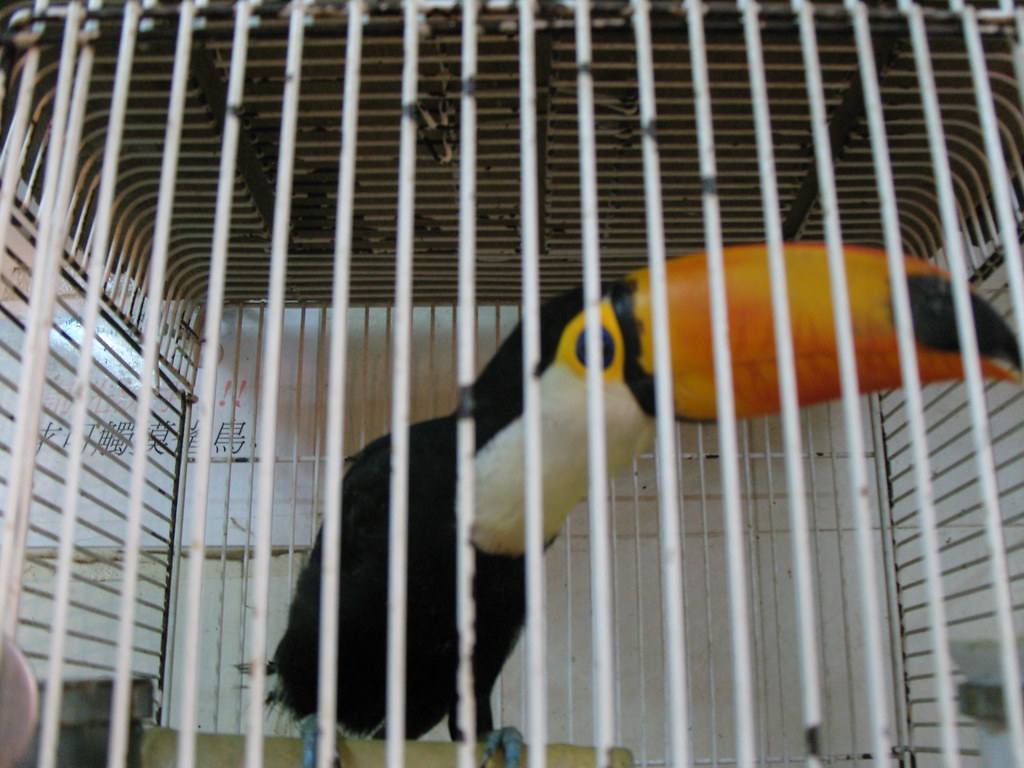
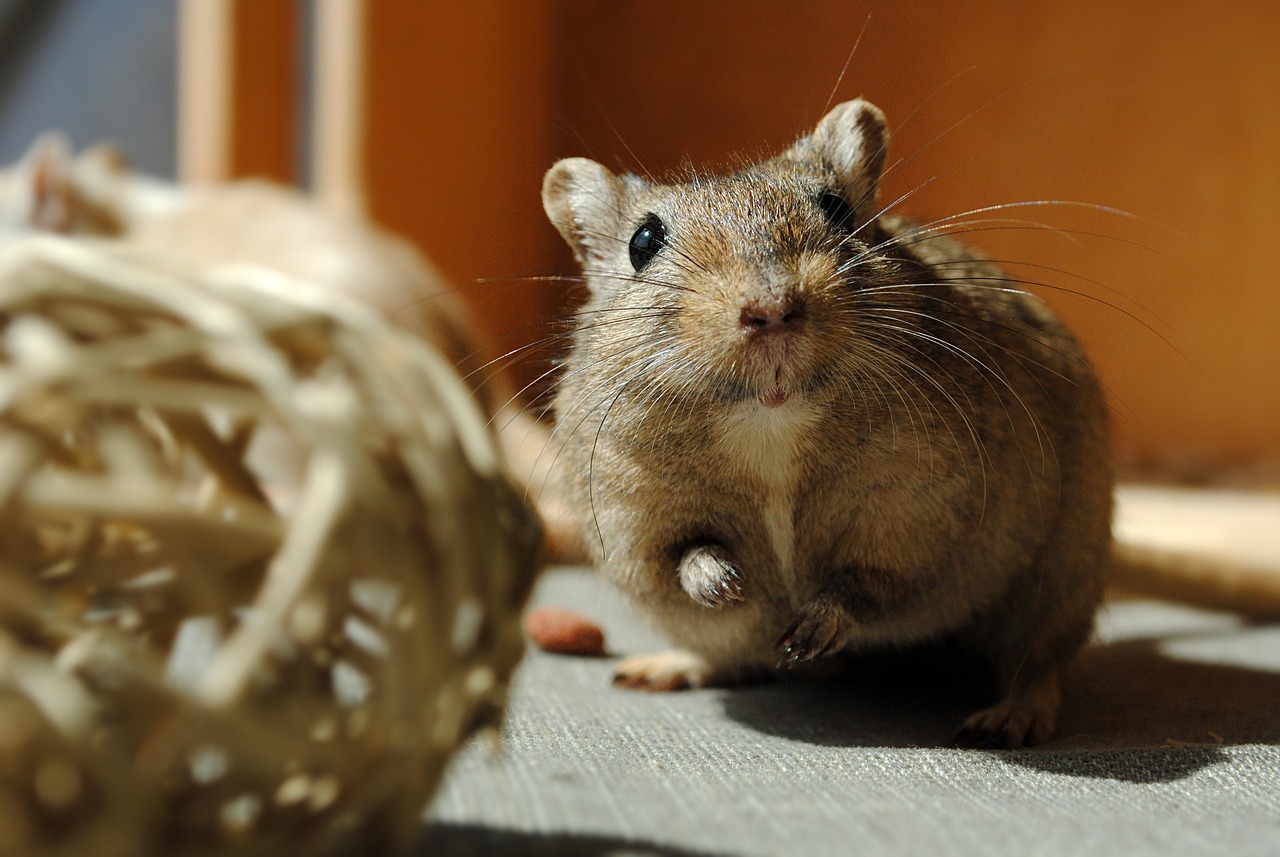
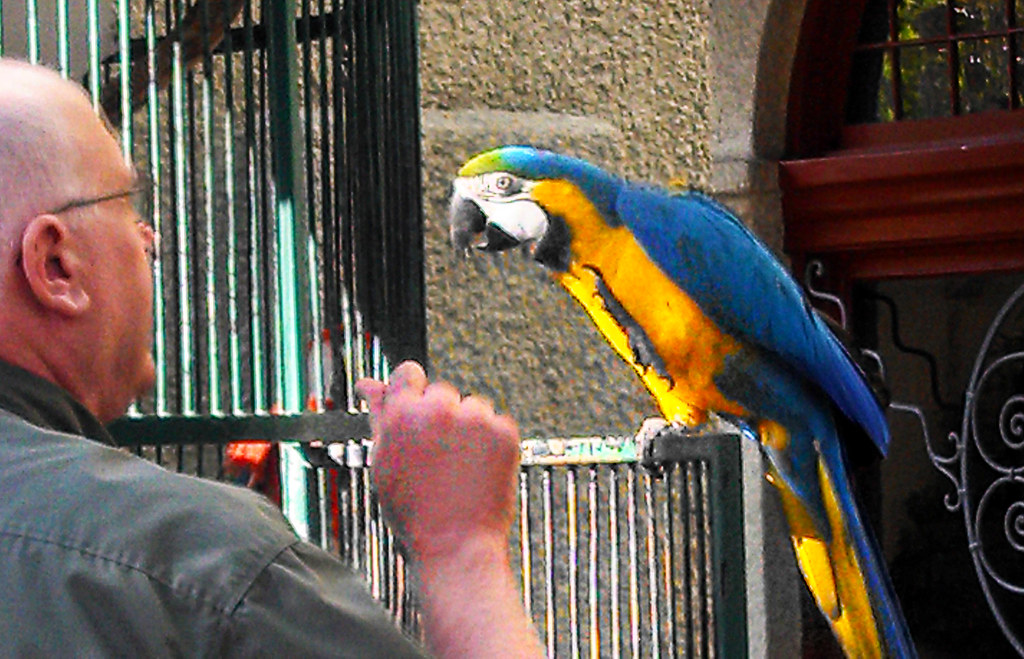
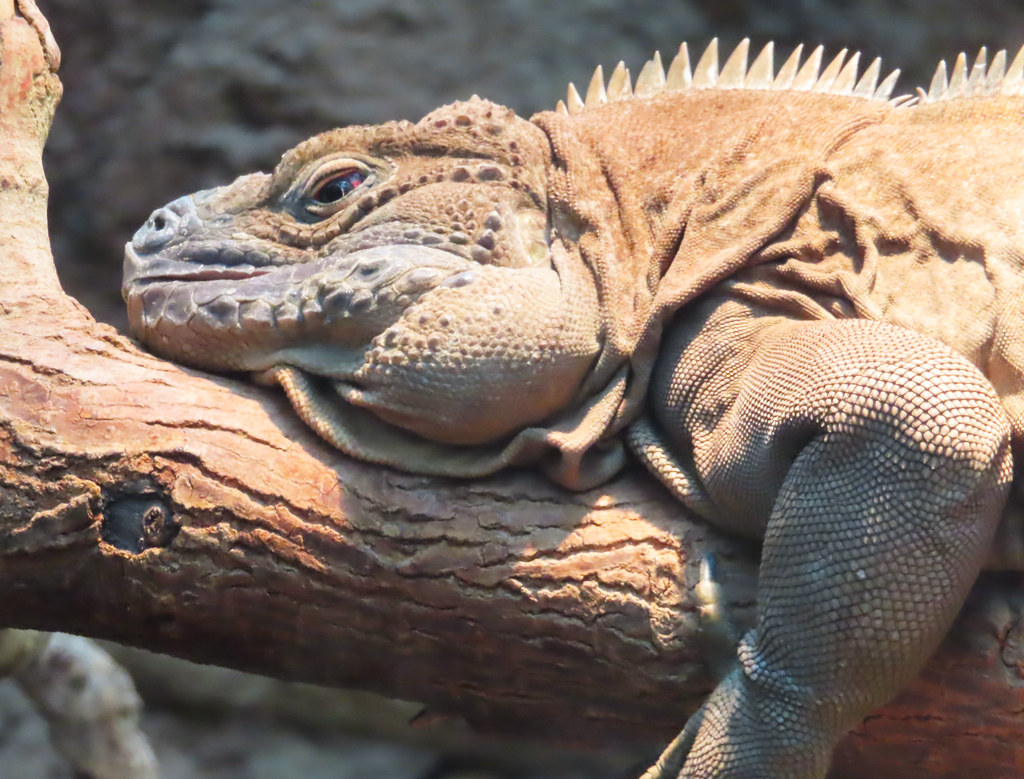


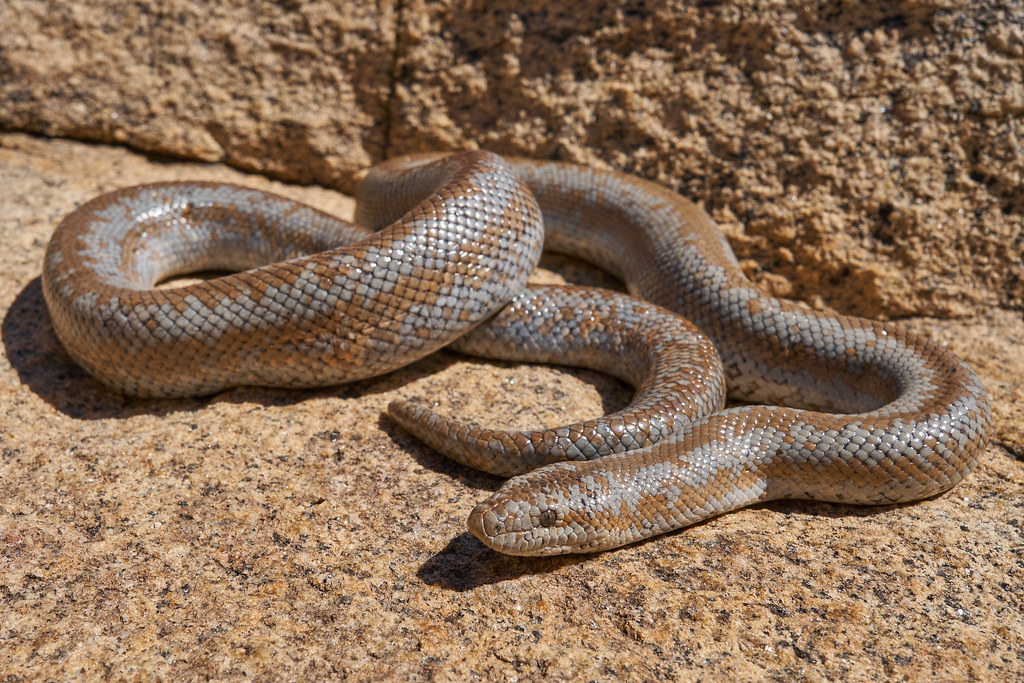
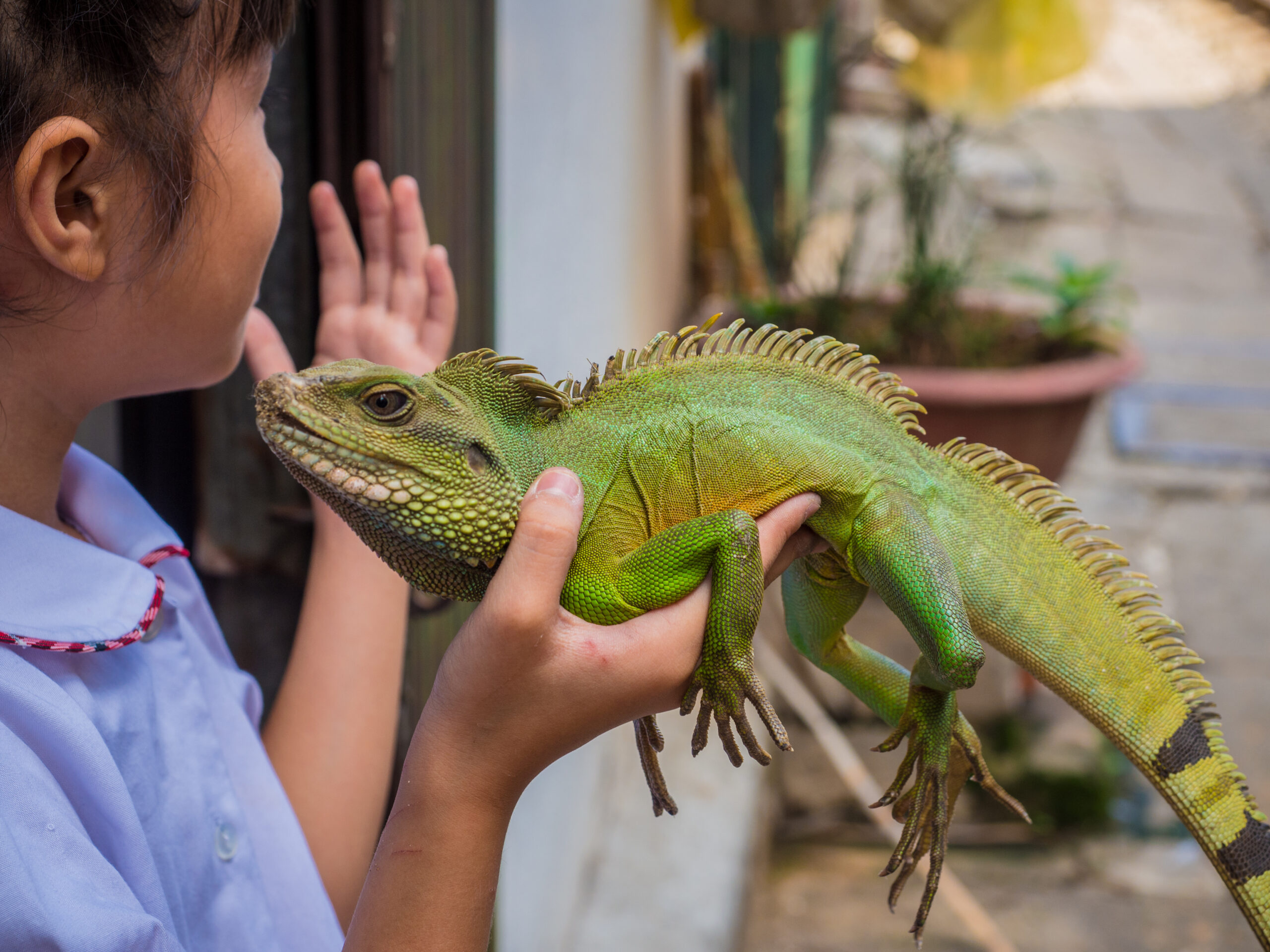





Leave a Reply